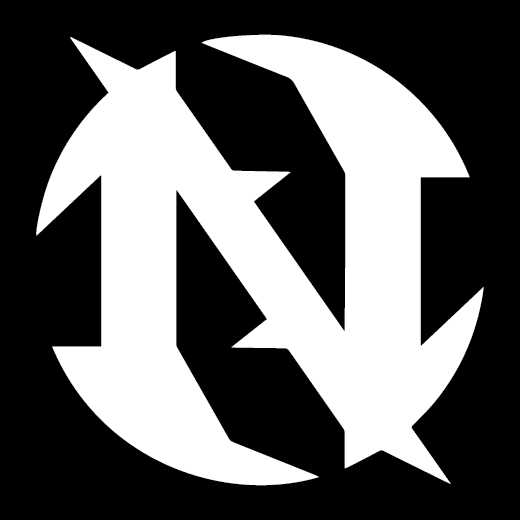PRODUCT DEVELOPMENT PROCESS
The first stage taken when developing a product, is the "Design / 3D Modelling Stage". This stage is where ideas are generated for a products design through brainstorming, and if needed through research as well if the product is planned to have cultural / historical reference. Once a conceptual product idea is visualised, the next step taken is the 3D modelling stage. Using the aid of computer softwares 3Ds Max, and Solidworks, 3D models are created digitally. During this stage, a products dimensions are considered and planned out, along with 3D modelling the product to follow manufacturing requirements. When manufacturing a product in a certain material, and using a certain manufacturing process, design requirements must be followed or else the product will be unsuccessfully manufactured. An optional next step that can be taken after the 3D model is complete is using the app Solidworks for stress testing the product, and performing other computer simulations on the products model, to predict and understand the structures design and how it will act / perform under stresses.
If the product is a guitar pick, a (6 pack) version of this product is created in order to lower manufacturing costs, by joining 6 guitar picks together by sprues to create one product. If the product is a ring, different sized versions of this product is created for every ring planned to be provided for the product.
The next stage taken after the product has completed the "Design / 3D Modelling stage" is the "Manufacturing Test Stage". In this stage, the 3D model of this product that was generated, is then used as the plan for manufacturing. This product is manufactured with high quality by the company "Shapeways", through the aid of 3D printing technologies.
Once the product has been successfully manufactured by Shapeways, it is then shipped to me. Once I receive the product, I then examine it to determine whether or not the design can be manufactured successfully. I will look for how well intricate details in the design turn out in the real product, and will also look at the structural strength of the product.
The next stage the product goes through after the "Manufacturing Test Stage" is the "Practical Test Stage". This stage is where the product is practically tested in order to ensure it achieves the tasks it was designed to complete.
If the product is a Ring, I will test its practicality by wearing it, to determine whether or not it obstructs movement of fingers in any way or causes any discomfort in the hand.
If the product is a Guitar pick, I will test its practically by trying it out on my guitars. I will examine how comfortable and well it feels to grip in the hand when using it to play guitar, and will also look at how well it resists scratching and fatigue over repetitive use on the strings. I will also listen to what sounds it produces as well when performing on the guitars, to ensure it creates vibrant, clean results.
After the product successfully passes the "Practical Test Stage", it then goes through the final stage. The "Product Listing Stage". This stage includes all processes that need to be complete in order to have the product available to purchase online. This stage includes taking product pictures, creating the product description and product details, generating the pricing of variants, and much more. Once this stage is complete, the product is up on the store and available to purchase.
The first stage taken when developing a product, is the "Design / Graphic Creation Stage". This stage is where ideas are generated for a products design through brainstorming, and if needed through research as well if the product is planned to have cultural / historical reference. Once a conceptual product idea is visualised, the next step taken is the Graphic creation stage. Using the aid of the computer software Adobe Photoshop, Artwork/graphic assets are developed. If required, computer software Adobe Illustrator, is used to convert these art assets into vector image files, or create new vector image art assets. These vector image files are images that are built using mathematically drawn shapes used for scalability as they can be exported to any image size required. These Graphics are created to match the specific product chosen, Whether it is for a mug, Jumper, Backpack, and are designed to match their specified locations/positions and sizes on the specific product type.
The next stage taken after the product has completed the "Design / Graphic Creation Stage" is the "Manufacturing Test Stage". In this stage, the product has its designs printed on it by a printing company providing its services through the platform "Printify". Once the designs are printed on the product they are shipped to me. Once I receive the product, I then examine its quality in order to determine whether or not the graphics can be printed on the product successfully. I will look for how well intricate details from the graphic, turn out when printed, and examine how clean the print is overall.
After the product successfully passes the "Manufacturing Test Stage", it then goes through the final stage. The "Product Listing Stage". This stage includes all processes that need to be complete in order to have the product available to purchase online. This stage includes taking product pictures, creating the product description and product details, generating the pricing of variants, and much more. Once this stage is complete, the product is up on the store and available to purchase.
- Choosing a selection results in a full page refresh.



